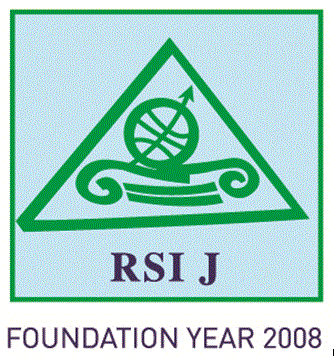Sooriyakumar Krishnapillai
Department of Agricultural Economics and Rural sociology, Auburn University, Auburn, U.S.A & Department of Agricultural Economics,University of Jaffna, Sri Lanka
kzs0008@tigermail.auburn.edu
Henry Kinnucan
Department of Agricultural Economics and Rural sociology, 213 Comer Hall, Auburn University, Auburn, AL 36849, U.S.A
kinnuhw@auburn.edu
Abstract
This paper studies the effect of automobile production on Alabama’s economy. A spatial panel simultaneous equations model was developed using county data. The empirical findings suggest that automobile production increase the employment growth and per capita income growth of the counties which are closer to the automobile plant while other things equal, but reduce the population growth with closer distance to the automobile plant while other things equal. This may be due to the competition between automotive suppliers clustered around the automobile plant and real estate builders for land and other infrastructure facilities. This study also finds that jobs follow people and also people follow jobs. The existence of spatial lag indicates that growth of population; employment and per capita income are not only dependent on the characteristics of that county, but also on those of its neighbors. These interdependences provide the need of economic development policy coordination among the counties.
Keywords: Spatial effect, Automobile production, Spatial panel simultaneous equations model, Generalized Spatial Three-Stage Least Squares
JEL classification: R300, O120, O150
